Three observers from New Spain recorded the observation of a comet in 1652. Two of them, Juan Ruíz and Gabriel López de Bonilla, incorrectly concluded that it was sublunar, and the third, Fray Diego Rodríguez, that it was superlunar. But none seem to have based their conclusions on their own observations, but on their previous scholastic beliefs.
“Two of them even used the same observational argument to justify opposite conclusions,” says Rosa Amelia González-Lópezlira, from the Institute of Radio Astronomy and Astrophysics (IRyA) at UNAM Campus Morelia, corresponding author of a study on these astronomical observations in the New Spain, published recently in the Journal of Astronomical History and Heritage.
In this article, González-Lópezlira and his collaborators, Ernesto Priani Saisó from the Faculty of Philosophy at UNAM, and Laurent Loinard, also from IRyA, scrutinized the records of the astronomical observations of the non-periodic comet C/1652 Y1 made by these three academics of the colonial period.
Their aim was to investigate a possible relationship between the quality of the observations and the conclusions of the Novohispano scholars, that is, if modern astronomical thinking that would lead to base the conclusions on evidence was revealed. They also compared these American records with those made from Europe by the Polish astronomer Johannes Hevelius and another observer whose identity is unknown.
“We verified that the quality of the records of the three observers from New Spain was indeed very uneven,” González-Lópezlira continues. Although the observations were presented by colonial scholars as evidence of their conclusions, “the most interesting thing is that their justification is actually based on the texts of Aristotle.”
From their observations, both López de Bonilla and Rodríguez correctly calculated that the comet's apparent velocity in the sky was less than that of the Moon. However, the first concluded that this fact showed the “terrestrial” and sublunar nature of the comet, while the second deduced that it must be superlunar and “close to the celestial sphere.”
To argue these conclusions, both cited different texts from Aristotle. The Greek philosopher thought that the physics of the heavens and the Earth were different, and he wrote On the Heavens to discuss the former and Meteorology to develop the latter. Thus, Rodríguez cited On the Heavens and López de Bonilla Meteorology to justify their respective conclusions.
This demonstrates, as the authors mention in the scientific article, that “the techniques and results of empirical observations and calculations were not yet, in New Spain, decisive for the adoption of a position on the nature of comets.”, but this continued to depend mainly on the prior theoretical beliefs of each observer.
As a bonus, this study concludes that, according to the dates of the records from New Spain, Fray Diego Rodríguez may have been the first person to observe and record this comet, whose discovery until now was attributed to the Dutch Jan van Riebeeck. This shows the value of New Spain's contributions to astronomy.
Rosa Amelia González-Lópezlira’s Career
Rosa Amelia González-Lópezlira obtained her bachelor’s degree in physics at the Autonomous Metropolitan University, Campus Iztapalapa, and her PhD in astronomy at the University of California in Berkeley. She has been a researcher at the National Autonomous University of Mexico (UNAM) since 2000. She is a member of the Mexican Academy of Sciences and the International Astronomical Union.
She has made important contributions in topics related to stellar populations and star formation in the field of observational extragalactic astronomy. Highlights of her research include the observational confirmation of azimuthal gradients of stellar ages across the arms of spiral galaxies, the first evidence that the maximum mass of very young stellar clusters decreases with radius in the disk galaxy M33, and the discovery, in the spiral galaxy M106, of the only system of globular clusters that rotates as rapidly as the neutral hydrogen disk.
Research paper
Observations of the comet of 1652 (C/1652 Y1) from New Spain: Between empirical measurements and theory
E. Priani Saisó, Rosa A. González-Lópezlira, L. Loinard
Journal of Astronomical History and Heritage, 27(1), 73–90 (2024)
https://doi.org/10.3724/SP.J.1440-2807.2024.01.06
About IRyA, UNAM
The Instituto de Radioastronomía y Astrofísica (IRyA), or Institute for Radioastronomy and Astrophysics is an academic unit at UNAM, Campus Morelia, Mexico. The Institute’s personnel perform high-level and high-impact research in the areas of interstellar medium, star formation, evolved stars, high energy astrophysics, Galactic dynamics and structure, extragalactic astronomy and cosmology. They also contribute to educate high-level human resources through a postgraduate program, and maintain a close relationship with society through diverse outreach and science communication programs.
If you are interested in our Institute, visit the English version of our webpage, www.irya.unam.mx/web/en
Media contact:
Dr. René A. Ortega Minakata
Outreach and Science Communication
IRyA UNAM Campus Morelia
Text: IRyA UNAM
Illustration: Drawing of the nucleus and tail of the comet C/1652 Y1 by Johannes Hevelius (1668)





